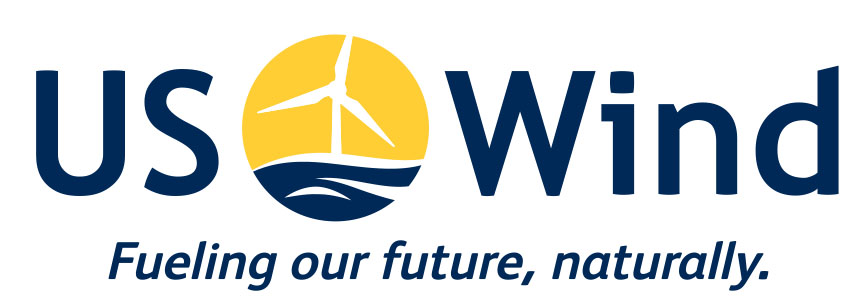What the Incentivizing Offshore Wind Power Act means for the Maryland economy
A month ago, Sen. Ben Cardin of Maryland wrote an impassioned column in The Sentinel about the impact of climate change and how it has affected the state. He wrote, “Whether we like it or not, climate change is happening and human activity has been a significant contributor to this crisis. The science tells us that it will have devastating and far-reaching consequences for the environment, human health, the economy, as well as global peace and prosperity. Given the sheer scope of this challenge, we urgently need to focus on mitigating its impact and becoming better stewards of the earth. A concerted effort to transition from fossil fuels to renewable energy presents a significant step in the right direction.”
Developing technologies and infrastructure that will enable a sustainable renewable energy industry is of paramount importance.
Not only these will bring us to a cleaner, healthier, safer, and more secure future, this will also help spur economic activity—creating full-time local jobs that will strengthen the foundation for future generations.
This inspires the Incentivizing Offshore Wind Power Act, which was introduced in the U.S. Senate to “spark investment in offshore wind power” that would “encourage the construction of offshore wind energy projects by extending the wind investment tax credit (ITC) at 30% for offshore wind projects that commence construction by January 2027 or the year after the United States has reached 3,000 MW of new offshore wind capacity, whichever is later.”
The legislation would:
- Require the Secretary of Treasury to consult with the Secretaries of Energy and Interior when establishing the credit;
- Provide a 30 percent tax credit on the investment in offshore wind for the first 3,000 MW generated;
- Give Treasury the authority to make the final decision on who is awarded the tax credit. Once a credit is awarded, companies would have five years to install the wind facility;
- Prohibit companies from receiving other production or investment tax credits in addition to the offshore wind investment tax credit created under the bill; and
- Define offshore facility as any facility located in the inland navigable waters of the United States, including the Great Lakes, or in the coastal waters of the United States, including the territorial seas of the United States, the exclusive economic zone of United States, and the outer Continental Shelf of the United States.
The Act would greatly benefit Maryland, which has a small, renewable-energy sector with high growth opportunity. Senator Cardin notes, “Wind farm projects off the coast of Ocean City are currently in the planning phase, and a newly announced staging area at the Port of Baltimore, where wind turbines will be assembled and later shipped to sea, also is in the works. Local involvement at every stage of development will be crucial for success.”

